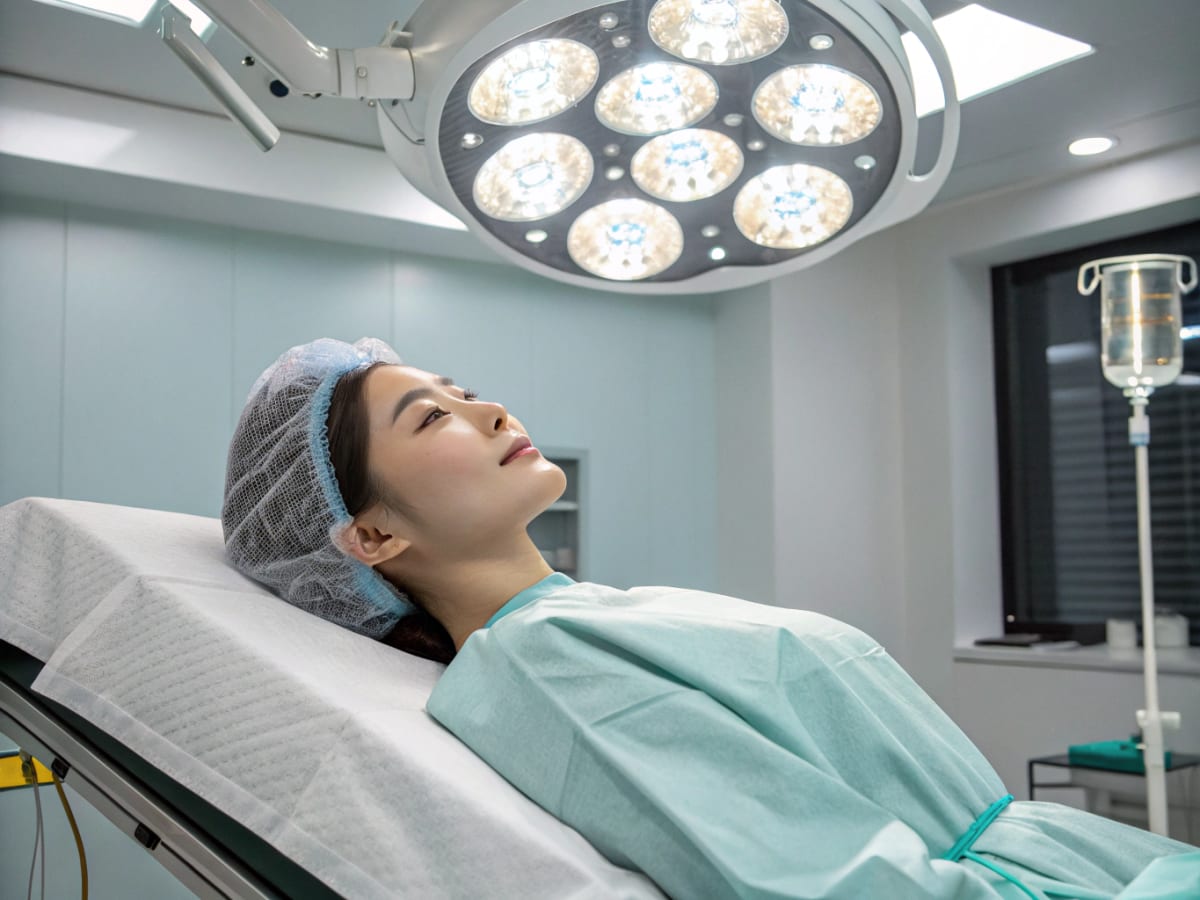
The Secret of Your Friend’s Natural Beauty, in ‘Barely Noticeable’ Procedures
One of the concerns most frequently heard in clinics these days is exactly this.
“Doctor, I bravely succeeded in losing weight, but my jawline has collapsed, making me look older. But I’m worried that taking the treatment will make it too obvious to those around me.”
Skin sagging that occurs naturally after weight loss or with aging is a common issue for many. While improvement is desired, many hesitate due to fears of awkward, artificially-pulled results or long recovery periods. While past cosmetic procedures focused on ‘change’ itself, more emphasis is now placed on ‘naturalness’ and ‘quick recovery’.
The Old Methods and Remaining Discontent
Reflecting on the history of facelift or lifting procedures, initially, many methods physically pulled and fixed loose skin. Although effective, sometimes complaints arose about an unnatural expression or noticeable surgical marks. Techniques have now evolved to include more intricate adjustments, such as manipulating the fascia layer (SMAS).

During this process, surgical loops have been widely used. These devices magnify tissues 2-5 times to aid in precision surgeries. However, as surgery times extend, surgeons experience accumulated physical fatigue due to prolonged focus while bending forward. This fatigue can subtly affect precision work, requiring constant caution.
The Winds of Change, Emphasizing ‘Precision Medicine’
The current trend in the beauty and medical field is increasingly towards ‘precision’. Instead of simply pulling, it is crucial to accurately identify the area causing the issue and make minimal adjustments without affecting unnecessary areas. This results in more natural outcomes and faster recovery.
A key factor in these changes is the ‘doctor’s vision’. To precisely observe the boundaries of microscopic nerves, blood vessels, fat layers, and fascia and ensure their safe preservation, high-magnification observation equipment is essential. Less tissue damage leads to reduced swelling or bruising, shorter recovery times, and allows for natural results. More medical sites are recognizing the significance of these technological advancements.

Technology That Reveals the Unseen, 3D Microscope
Recently, observation devices based on 3D imaging are emerging as new options in microsurgery fields. Unlike the past where magnifiers were directly mounted on the eyes, now high-magnification images can be checked on large screens, allowing surgeries in a more stable posture.
Beyond mere convenience, this equipment presents detailed structures in a three-dimensional view at much higher magnifications, aiding in the precise identification of surgical areas. Such in-depth vision allows for meticulous surgery, and results in changes that are more natural and less noticeable.

The Difference Patients Experience First-Hand
The small difference starting from the surgeon’s fatigue can lead to significant differences in post-surgery recovery. With clearer and wider vision, unnecessary damage can be minimized, which can also reduce pain or swelling. Faster recovery facilitates easier return to daily life.
Nowadays, many people are examining not just the cost or procedure name, but exactly how the surgery is conducted and how precise it is. We welcome the current trend towards subtle, precise changes that offer personal, natural improvements without being overly noticeable.
What criteria would you use to make choices for your beauty?
For precise changes leading to greater satisfaction, the precision of the surgery and the surgeon’s field of vision are essential. For these reasons, I prefer surgical methods using a 3D microscope, and have observed positive outcomes in actual clinical settings. For detailed information on related equipment, please contact us.
The unseen intricacies, achieving the best surgical results with the 3D microscope.
Now, do 3D SCOPEYE!
